Viritech’s Apricale is a gorgeous 800 kW, hydrogen powered hyper car
The topic of the collective decommissioning of the beloved IC engine in favor of battery power has been talked about ad nauseam. Now, however, there’s been an alternative for automotive propulsion for quite some time now and that is hydrogen-powered cars, specifically, the Apricale built and developed by Viritech.
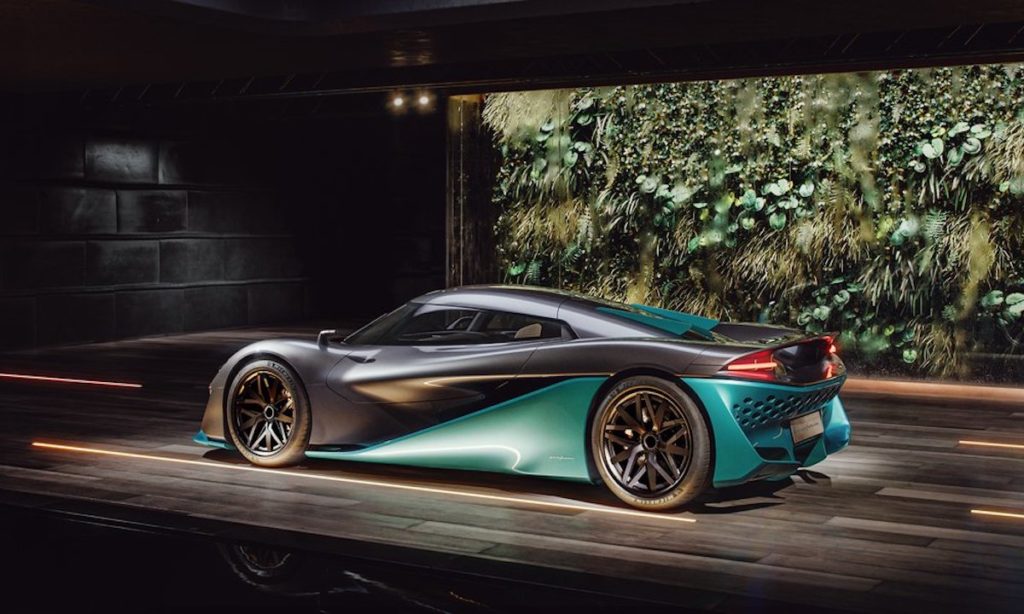
Image: Apricale Media Centre
The Viritech Apricale is a hydrogen-powered all-wheel-drive hypercar that weighs less than 1 000 kg, propelled by two motors producing an astonishing 800 kW and 1 000 N.m. The powertrain is mated to a single-speed transmission, and its claimed acceleration figures are 0-100 km/h in less than 2,5 seconds. Possessing an almost mythic power-to-weight ratio, the main attraction of the Apricale is the groundbreaking tech stored throughout its body.
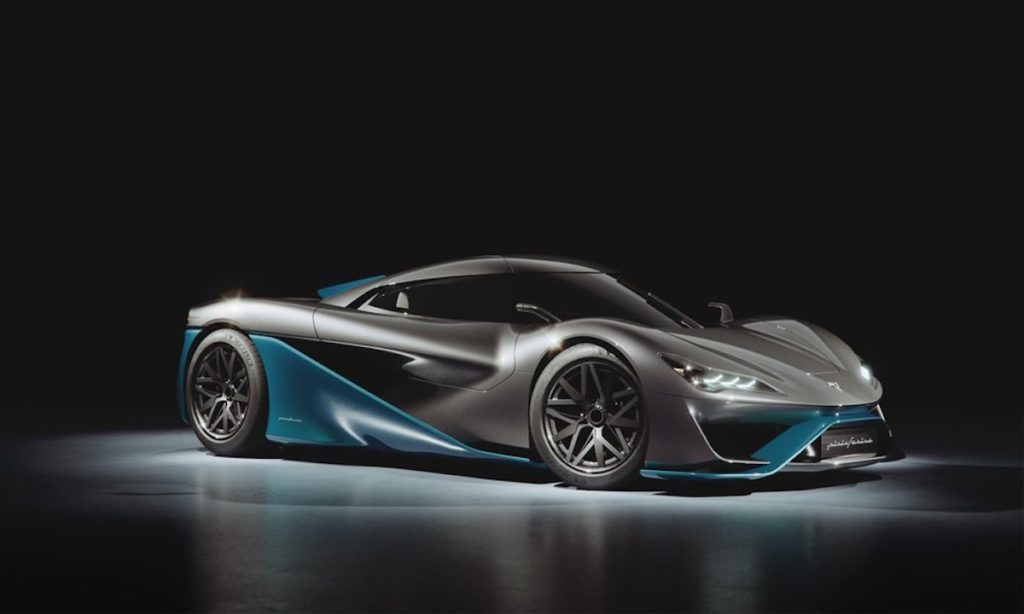
Image: Apricale Media Centre
Let’s get the standard stuff out of the way – its chassis is a carbon fibre monocoque with the body comprised of recycled carbon fibre. Both the front and rear suspension features double-wishbones and pull-rod actuated Torsion Bars. On its feet are a pair of Michelin Pilot Sport 4’s with a width of 275 at the front and 315 at the rear. Stopping power is thanks to the AP Racing six-piston calipers at the front and the four-piston calipers at the rear, mated to carbon composite CCM brake discs.
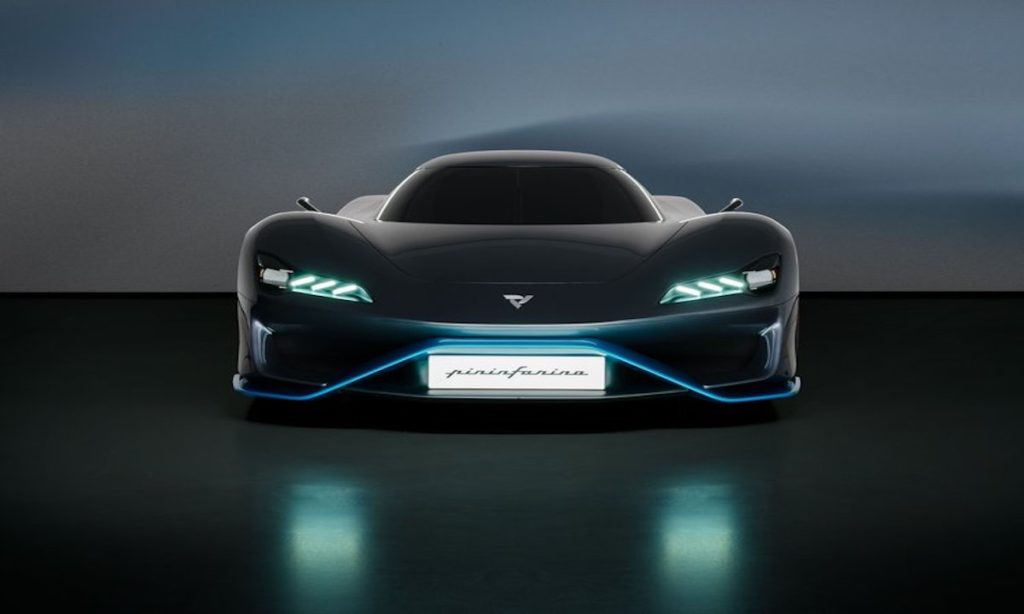
Image: Apricale Media Centre
Viritech debuts its ‘Tri-Volt energy management system’, which allows for better synergy between the battery and the fuel cell. This is the opposite of a typical EV’s powertrain (usually, a fuel cell acts as an auxiliary component to the main battery). In the Apricale, the battery is 10% of what you would find in any other electric vehicle and works in tandem with the hydrogen fuel cell.
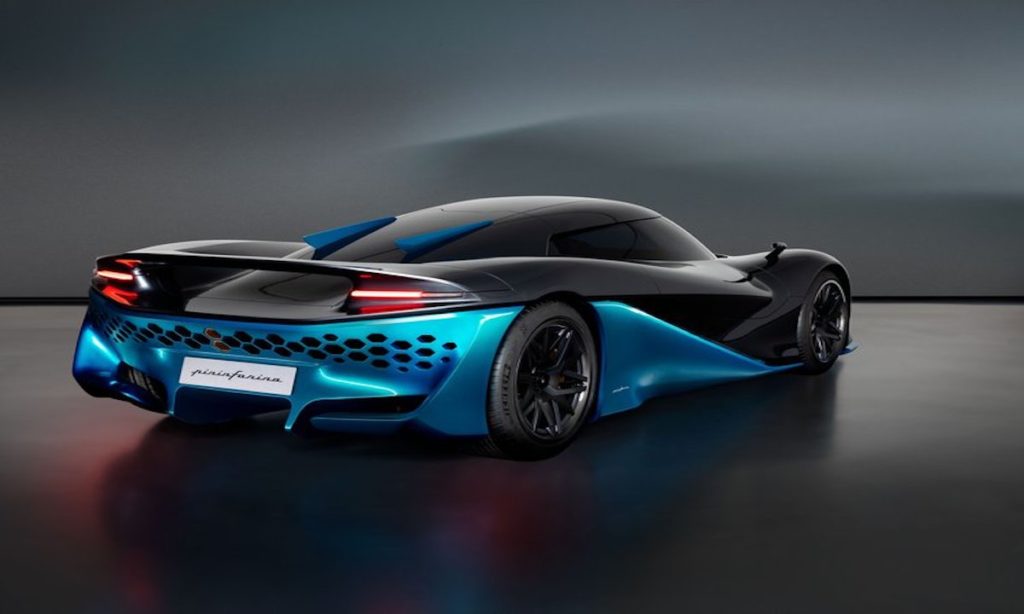
Image: Apricale Media Centre
At low speeds, the battery powers the car, at moderate speeds, the fuel cell. During full acceleration or spirited driving, the battery and fuel cell work together. The Apricale also utilizes regenerative braking to charge the battery, too, and according to Viritech, as it’s rooted in F1, the battery can be fully charged in less than one minute! Its regenerative ability is so effective that it doesn’t require any external charging, as the regenerative braking system and the advanced fuel cell has that covered.
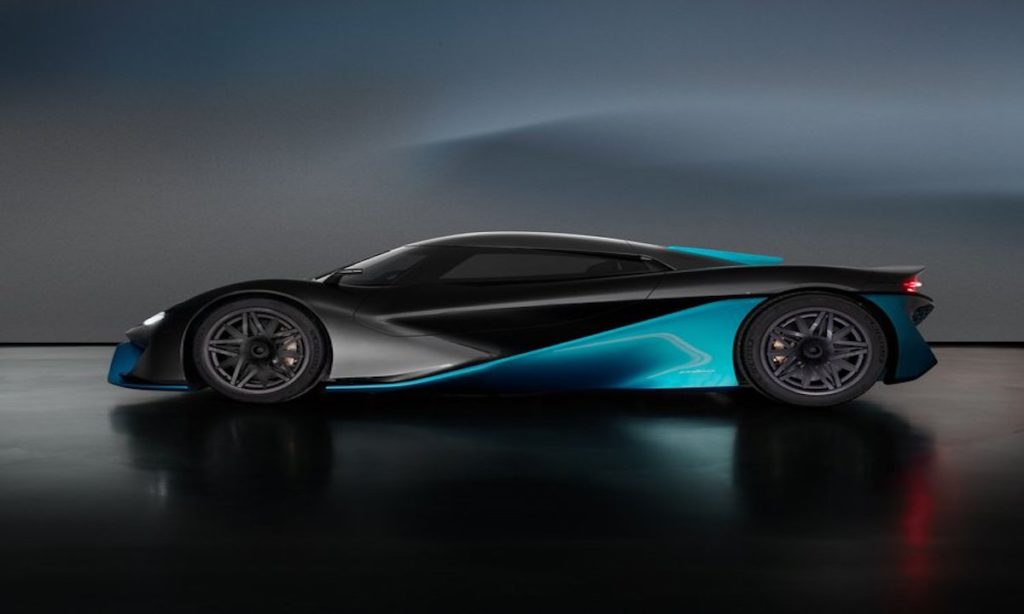
Image: Apricale Media Centre
Currently, hydrogen tanks are great for dealing with internal pressures but fall short when handling external pressures, such as those created during a crash. As a result, traditional hydrogen tanks require protective housing and mounting segments, which typically add considerable weight. For the sake of saving weight, Viritech has developed its own tanks strong enough to resist internal and external pressures. Not only that, but they have also developed a way to integrate the tanks into the car’s chassis, which has not only ensured the protection of the tanks but has also strengthened the entire structure. Viritech calls this tech “Graph-Pro”.
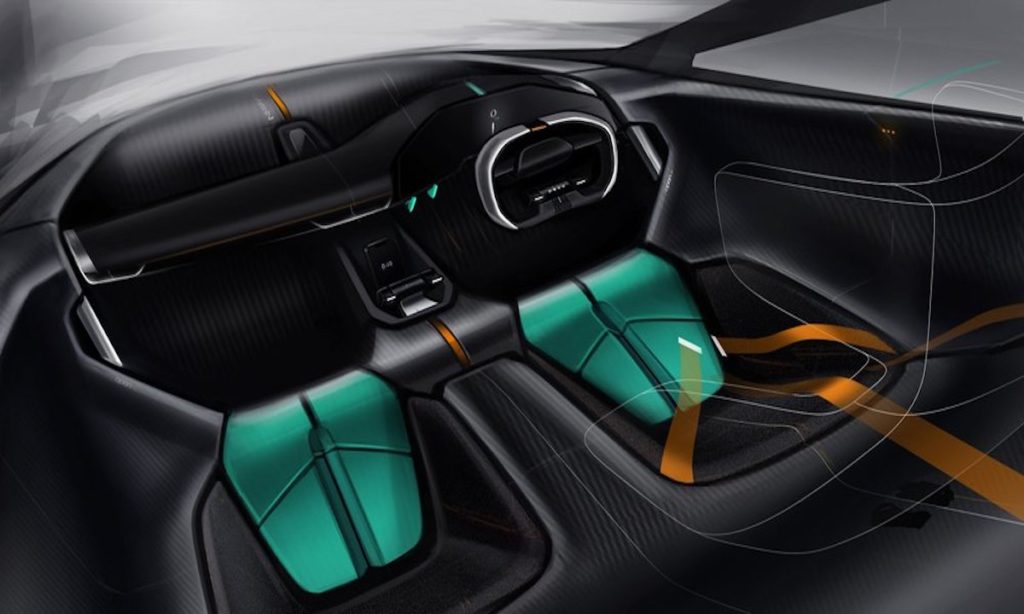
Image: Apricale Media Centre
The exterior and design of the car balance form and function, with its interior being designed by renowned design firm Pininfarina. Production is scheduled to begin in the 3rd quarter of 2023 and will only result in 25 examples. We’ll see the prototype in the 3rd quarter of next year.
The post Viritech’s Apricale is a gorgeous 800 kW, hydrogen powered hyper car appeared first on CAR Magazine.
The Car Guide
Comments
Post a Comment